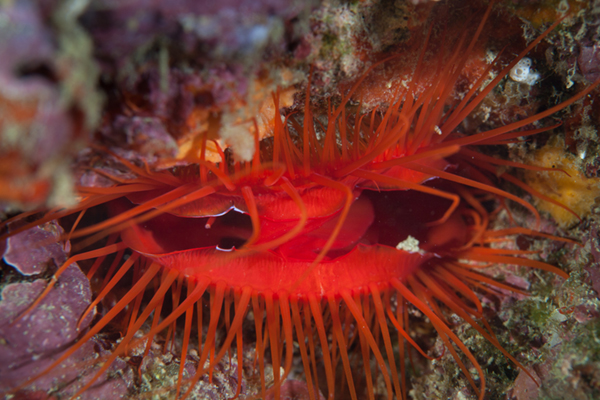New paper on “Disco Clams”

A new paper published in the Journal of the Royal Society Interface explains how the Ctenoides ales file clam, aka the “Disco Clam”, uses silica micro-structures to reflect light. UC Berkeley graduate student, Lindsey Dougherty, has been studying the clams for four years and using high speed video, transmission electron microscopy, spectrometry, energy dispersive x-ray spectroscopy and computer modeling, she has discovered that the edge of the clam’s mantle lip is highly reflective on one side. When the clam unfurls its lip, the millimeter-wide mirror is revealed and reflects the ambient light, like a disco ball.
Traditional explanations for the light revolved around bioluminescence.
(Image from Shutterstock)